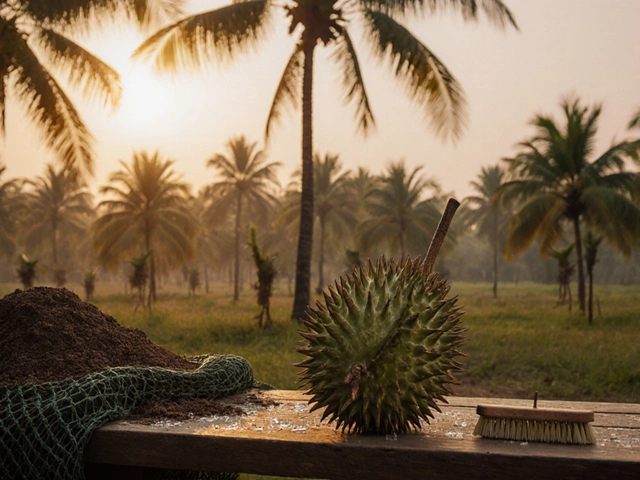Bleeding Heart Plants: Care, Growth, and Why They Thrive in Indian Gardens
When you think of bleeding heart plants, a graceful, pendulous flowering perennial known for its heart-shaped blooms and preference for cool, shaded spots. Also known as Dicentra spectabilis, it’s one of the few plants that blooms beautifully even when other flowers fade under India’s harsh afternoon sun. Unlike sun-lovers like marigolds or hibiscus, bleeding heart plants thrive where the light is soft—under trees, on north-facing balconies, or behind taller shrubs. They don’t need constant watering, but they do need cool roots and moist, well-drained soil. Most gardeners in India fail with them because they plant them like regular garden flowers, not realizing they’re woodland natives that hate heat and dryness.
These plants are closely tied to shade loving plants, a group of perennials that bloom without direct sunlight and rely on humidity and filtered light. They’re part of the same family as ferns and hostas, which also struggle in full sun. In Indian cities like Bangalore or Pune, where monsoon rains bring humidity and cooler temperatures, bleeding hearts often do better than in hotter plains. They bloom best in spring and early summer, then go dormant when it gets too hot—something many mistake for death. But they’re not gone; they’re resting. The key is knowing when to hold back on water and let them sleep.
They’re also connected to perennial flowers, plants that return year after year without replanting, making them ideal for low-maintenance gardens. Unlike annuals that die after one season, bleeding hearts come back reliably if their roots stay protected. You don’t need fancy tools or expensive fertilizers—just good soil, a little mulch, and patience. Many Indian gardeners use compost and leaf litter to mimic the forest floor they naturally grow on. This also helps retain moisture, which is why you’ll see them thriving in gardens that use mulching and organic soil improvement, just like the tips in our posts on fixing compacted soil and revitalizing old garden beds.
What makes bleeding heart plants special isn’t just their looks—it’s how they fit into a smarter, more natural kind of gardening. They don’t need daily watering like a bonsai tree. They don’t need insecticides because pests rarely bother them. They don’t need full sun like tomatoes or peppers. They’re the quiet achievers of the garden, the ones that bloom when everything else is stressed. If you’ve tried growing Vanda orchids and found them too finicky, or if your balcony garden dries out too fast, bleeding hearts might be the gentle solution you’ve been looking for.
Below, you’ll find real advice from gardeners who’ve made these plants work in Indian conditions—whether it’s in pots on a small terrace, under a tree in a backyard, or as part of a shaded mini-garden. You’ll learn how to spot when they’re happy, how to help them survive summer dormancy, and why some gardeners swear by them for year-round color without the hassle.
Bleeding heart plants, known for their enchanting heart-shaped flowers, are a favorite among garden enthusiasts. These perennials are appreciated not only for their aesthetic appeal but also for their ability to reappear every year with proper care. Understanding the growth cycle and needs of bleeding heart plants can help gardeners maintain these beautiful plants even in cooler climates. With a little attention, they can become a long-term staple in your garden, providing color and charm year after year.
Continue reading...





